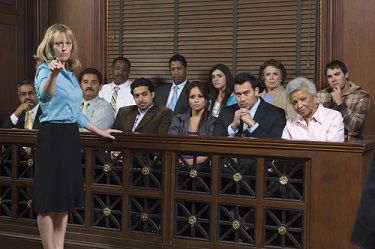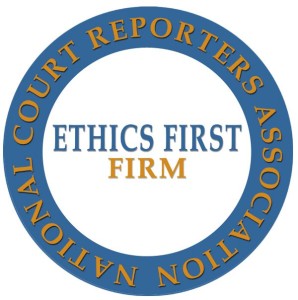 You’ve spent a lot of money on your trial software, and you’re eager to show a jury the power of your multimedia presentation. The lights go down, the screen lights up…but stays stubbornly blue. You scramble to fix the issue, but you’re losing the court’s attention—not to mention the respect of your client. How can you tell what went wrong—and how can you prevent it from happening again?
You’ve spent a lot of money on your trial software, and you’re eager to show a jury the power of your multimedia presentation. The lights go down, the screen lights up…but stays stubbornly blue. You scramble to fix the issue, but you’re losing the court’s attention—not to mention the respect of your client. How can you tell what went wrong—and how can you prevent it from happening again?
Synchronization and Conversion Are Key to a Court-Friendly Deposition Video
Technology has improved by leaps and bounds in the legal field, and recording video depositions is now done almost exclusively digitally. Your court reporter can even add real-time captions from the transcript to the video, eliminating the need to read several pages of testimony in court. But in order to work properly, your reporter must synchronize the video with the text and provide you with a usable copy.
One way this is done is through manual synchronization, which includes:
- Encoding. In order to sync two digital files, the files must be in formats that will work with one another. A reporter must take your video (as a videotape, iMovie, or other digital format) and convert it into a different system of communication (called encoding). This normally requires commercial grade video conversion equipment, but some businesses will perform the service for a fee.
- Synchronization. Once the digital video file is converter, the video must be synched with the court reporter’s real-time digital transcript. During manual synchronization, the reporter will listen to the audio and manually cue the text to the frame of video as each line is spoken. When your video is fully synchronized, you may skip to a specific portion of the testimony by using the page and line number of the transcript text.
- Compression. Compression allows for large files (such as three hours of testimony with captions) to fit on devices with small amount of memory. After the video has been synchronized, the file will need to be compressed into a file that is small enough to fit on a DVD or hard drives, but large enough to maintain average video quality.
Will My Video Be “Courtroom Ready” When I Get it Back?
The end product you receive will ultimately depend on the court reporter who synchronized your video, as well as the software he or she used to create the file. Many software vendors (such as Visionary, LiveNote, and Synchron) own their own proprietary file applications, and you could receive your file in a format that your computer doesn’t recognize. It is up to your reporter to make sure that video can be played back in a standard file format.
At Casamo & Associates, we ensure that your files are compatible with your preferred software (including Remote Counsel, People+Content, and Zoom), and we can provide real-time transcripts to enhance your testimony. Call us today at (703) 837-0076 to see how our services make a difference, or fill out our Online Scheduler form to make a request.

